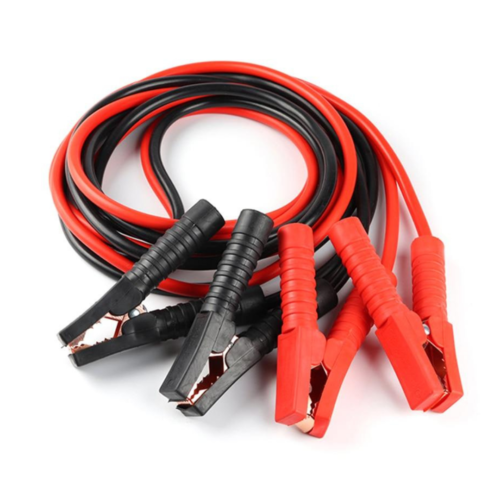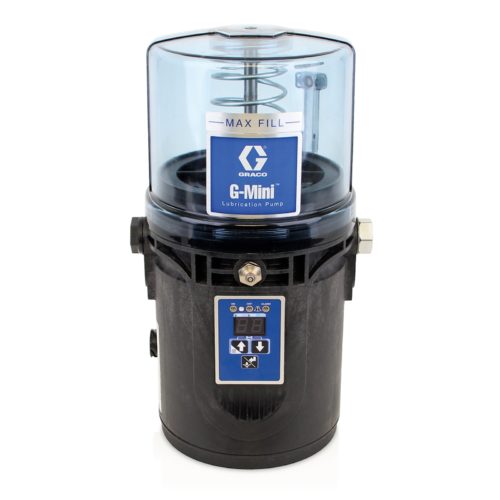Irish Owned
What is a DPF Filter
In the ongoing drive for the reduction of Greenhouse Gasses and the improvement of air quality, standards regulating vehicle emissions are constantly being updated. The current standards are Euro 6 for road vehicles and Tier 4 for off-road vehicles. One area that has been clamped down on particularly hard are the emissions of metal particulate matter from vehicle exhausts. Since 2007 the allowed particulate matter of Iron, Lead, Vanadium and soot allowed has been reduced by 90%.
In order to achieve this particulate matter output, engine manufacturers use a AdBlue solution or a DPF (Diesel Particulate Filter) or a combination of both.

DPF Filter in protective cover connected to exhaust outlet. Picture by Marxandrade (Own work) [CC-BY-SA-3.0 (http://creativecommons.org/licenses/by-sa/3.0)
A DPF is simply a wall flow filter fitted to the exhaust pipe of a vehicle, it traps soot and particles in cells by forcing exhaust to flow through the walls of the cells. Other parts that can make up a DPF unit are pressure sensors (to detect when filter is restricting air flow and requires cleaning) and sometimes fuel injectors for on-board regeneration.
Many factors affect the duration of use before your DPF needs cleaning, but in general including
- Low Temperature Driving
- City Driving
- Stop/Start Driving
- Poor Quality Diesel
Some DPF systems are designed to be replaced once they become full, others have a built in regeneration system. This built in regeneration simply attempt to burn off the soot through burning fuel in the DPF.
Close up view of DPF substrate, the structure that collects particulates while allowing the vehicle exhaust to escape
















